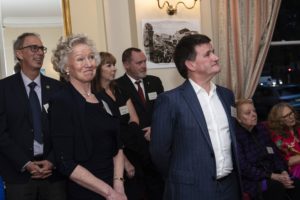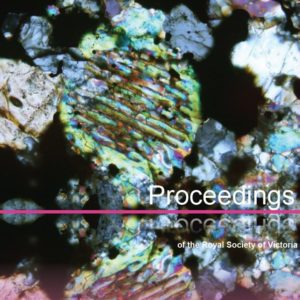A significant, urgent and sustained reduction in emissions is required to reach greenhouse gas neutrality by 2050. A target of 50% reduction relative to 2005 levels by 2030 for Australia would be consistent with the required rate of emissions reductions to meet the Paris Agreement targets of limiting global warming to less than 2°C above pre-industrial levels.
It had been known for more than hundred years that increases in concentration were likely to warm the planet. So CSIRO commenced work on the modelling of the whole climate system. But in the 1980s it was realised that very few of our Australian colleagues, across a wide range of different disciplines, were either aware of the potential of global warming, or seriously considering, from their own perspectives, whether it was of any importance.
Our sea levels are rising. Understanding the dynamics of the beach envelope and its overlap with human infrastructure is fundamental for effective coastal management. Dr David Kennedy studies the dynamic adaptation of beaches in the past to inform how we can manage them into the future. While NSW beaches have been studied for decades, but we are only just starting to understand the behaviours of Victoria’s beaches and their underlying geology.
Professor Patrick Baker, Professor of Silviculture and Forest Ecology at the University of Melbourne, explains how tree rings can tell us about a landscapes climate history, and prove a worrying trend towards more extreme weather events and bushfires as a result of climate change. His studies have shown that bushfires are becoming more widespread and hotter than ever before, not just scarring trees – but killing them.
Human activities have released significant quantities of carbon dioxide into the atmosphere. As a greenhouse gas, the more carbon dioxide emitted, the warmer our planet becomes. Partly mitigating these impacts, plants recover 30% of atmospheric carbon via photosynthesis. Using energy from the Sun, they combine carbon dioxide with water to form sugar and oxygen. When the chemical reaction is reversed, carbon returns to the atmosphere – either by cellular respiration in plants and animals, or the burning of coal, wood, or gasoline. Soil scientist Dr Samantha Grover explains that one way of preventing carbon dioxide from returning to the atmosphere is keeping it sequestered in the ground. In fact, there is two-to-three times more carbon in soil than in the atmosphere.








